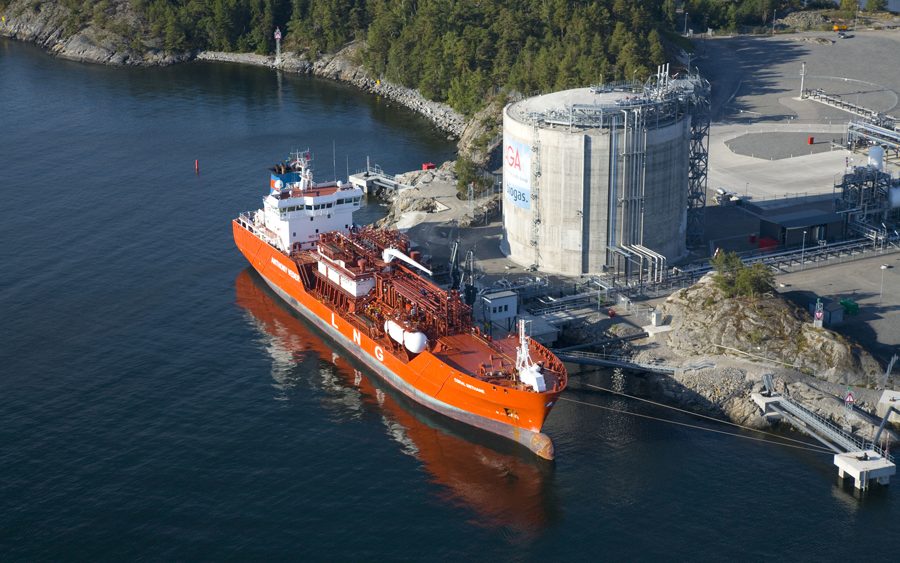Liquefied Natural Gas (LNG) is emerging as one of the energy sources of the future with a significant impact on the maritime sector. Hence the growing number of LNG terminals worldwide, infrastructure that requires specific equipment to ensure the safe and reliable mooring of tankers to the terminal.
This sentiment is echoed by the magazine Buques y Equipos de la Marina Civil (Civil Marine Equipment and Ships) that highlighted the work being carried out by Prosertek over the last 25 years in its latest issue, involving the design and manufacture of port equipment with the application of stringent inspection and control systems.
And this is precisely what is required by port equipment, namely specialisation, safety and operability, especially owing to the expansion of the use of liquefied natural gas as an alternative fuel for the maritime sector, the extension of the fleet, the ever-increasing size of ships and the creation of terminals for the energy service.
Despite acknowledging port equipment such as those designed and manufactured by Prosertek as strategic and essential, these specialists recognise the fact that they are not widely known and are undervalued.
In fact, they highlight the fact these facilities have not received the attention and analysis they deserve, and that too much equipment already in existence does not correspond to the category required by this type of port terminal.
Prosertek provides IHET (International Harbour Equipment Technician) training on an international scale, allowing participants to make a qualitative leap in terms of their port equipment knowledge.
The importance of equipment
The prominence required for this type of port equipment is reflected in recommendations of organisations such as “Recommendations of the Committee for Waterfront Structures: Harbours and Waterways (EAU 2004)” or “Recommendations for Maritime Works. Actions in the maritime and port works projects ” (ROM [maritime works recommendations] 0.2-11); in standards as the UNE-EN ISO 28460:2011 (natural gas and oil industries Facilities and equipment for liquefied natural gas. Port operation and land-ship interface (ISO 28460:2010); or of institutions such as the International Maritime Organisation or the Society of International Gas Tanker and Terminal Operators.
A compatibility study must be carried out for the establishment of port equipment and systems, in order to check nautical access, the viability of the operations of the vessel at the port and terminal from a geometrical viewpoint and consider the local oceanographic and environmental conditions (wind, wave, current, etc.). Also established are the port equipment and systems in aspects such as operating ranges and performance, as in the case of the berthing aid systems, the features and availability of the defence systems and the mooring systems, and the features and enclosure of the access gateway. It is also necessary to gauge whether the equipment is exposed to hazardous areas and degrees of protection against dust and water required. And the key for this is knowledge of port equipment.
The end result of this study will determine the number and features of the necessary equipment, operating ranges, capabilities and distribution, to name a few, in a way that ensures the development of operations in total safety.




Comments are closed.